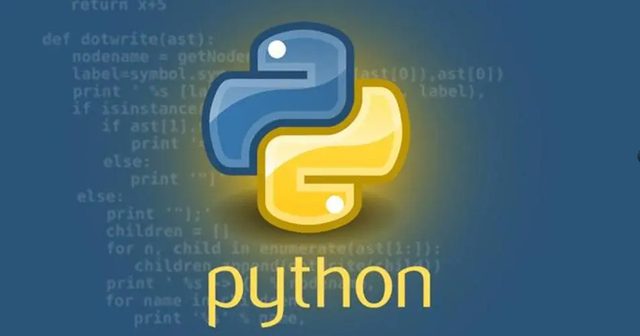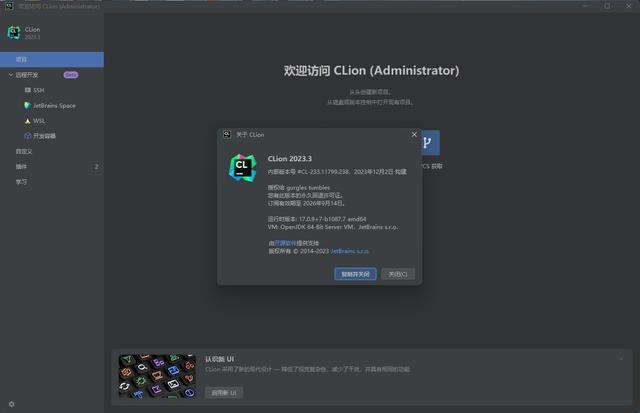
Pexpect是一个Python库,为自动化和交互式进程控制提供了丰富的功能,而expect_list方法是其功能强大且灵活的一部分。将详细探讨如何使用这一方法,并提供多个示例来说明其应用场景和功能。
Pexpect库简介Pexpect是一个用于控制外部进程的Python模块,可以启动子进程,发送数据,接收输出,等待特定输出模式并作出响应。它通常被用于自动化命令行应用或与交互式进程进行通信。expect_list方法是Pexpect库的核心功能之一。
什么是expect_list方法?expect_list方法是Pexpect中的一个强大功能,用于等待多个可能出现的输出,并作出相应的处理。它允许指定多个预期模式(expect patterns)和对应的动作(actions),使程序能够智能地应对不同的情况。
深入理解expect_list方法示例代码:基本使用:import pexpect# 创建一个子进程child = pexpect.spawn('some_command')# 定义预期模式和对应的操作expect_list = [ pexpect.EOF, # 当EOF出现时结束 'Password:', # 当需要输入密码时 'Login:', # 当需要输入登录信息时 pexpect.TIMEOUT # 超时处理]# 对应的操作动作actions = [ None, # 对于EOF,不做任何操作 lambda: child.sendline('mypassword'), # 输入密码 lambda: child.sendline('myusername'), # 输入用户名 lambda: print("Timeout Occurred") # 超时时的处理]# 开始等待并响应index = child.expect(expect_list)if index != 0 and index != len(expect_list) - 1: actions[index]()多个操作模式的处理:import pexpect# 创建一个子进程child = pexpect.spawn('some_command')# 定义预期模式和对应的操作expect_list = [ 'Password:', 'Login:', pexpect.TIMEOUT]# 对应的操作动作actions = [ lambda: child.sendline('mypassword'), # 输入密码 lambda: child.sendline('myusername'), # 输入用户名 lambda: print("Timeout Occurred") # 超时时的处理]# 开始等待并响应index = child.expect(expect_list)if index < len(expect_list) - 1: actions[index]()高级用法使用正则表达式匹配import pexpectimport re# 创建一个子进程child = pexpect.spawn('some_command')# 定义预期模式和对应的操作expect_list = [ re.compile(r'Login:\s*$'), re.compile(r'Password:\s*$'), pexpect.TIMEOUT]# 对应的操作动作actions = [ lambda: child.sendline('myusername'), # 输入用户名 lambda: child.sendline('mypassword'), # 输入密码 lambda: print("Timeout Occurred") # 超时时的处理]# 开始等待并响应index = child.expect(expect_list)if index < len(expect_list) - 1: actions[index]()结合超时处理import pexpect# 创建一个子进程child = pexpect.spawn('some_command')# 定义预期模式和对应的操作expect_list = [ 'Password:', 'Login:', pexpect.TIMEOUT]# 对应的操作动作actions = [ lambda: child.sendline('mypassword'), # 输入密码 lambda: child.sendline('myusername'), # 输入用户名 lambda: print("Timeout Occurred") # 超时时的处理]# 开始等待并响应,设置超时时间为10秒index = child.expect(expect_list, timeout=10)if index < len(expect_list) - 1: actions[index]()优势与应用场景expect_list方法的灵活性使得它在多种场景下非常有用。例如,自动化登录流程、处理多种交互式应用、通过预期模式智能响应不同情况等等。
总结Pexpect库中的expect_list方法是一个非常强大的工具,能够帮助处理各种交互式进程中的输出和输入。本文提供了多个示例和用法说明,希望能帮助读者更全面地理解和使用这一功能,使其在实际应用中发挥更大的作用。当涉及到自动化和交互式进程控制时,Pexpect的expect_list方法绝对是一个强大而值得探索的利器。





